The hemp market is expanding far beyond tried-and-true CBD products. Plenty of nonintoxicating cannabinoids have become available in recent years, and a number of lesser-known derivatives could be introduced commercially soon. Cannabicyclol (CBL) is in that category.
As of May 2024, it doesn’t look like any CBL cannabis products are sold online. You’ll find a few isolates listed for sale, but upon closer inspection, these all seem to be “coming soon.” CBL vapes and edibles are even farther off.
We can’t say exactly when CBL products will hit the market. As of now, only research labs have access to this rare cannabinoid.
Despite being practically unknown to everyday users, the CBL cannabinoid isn’t new to chemists, as is often the case for up-and-coming hemp compounds. It was first identified in 1964, the same year as delta 9 THC.
What is cannabicyclol (CBL)?
As cannabichromene (CBC) degrades, it converts into an entirely new substance: CBL (C21H30O2), which has a distinct fused-ring structure. There aretwo non-superimposable variants of CBL in cannabis. These mirror images are known as enantiomers, or optical isomers.
Hemp’s biosynthetic pathway is complex. Most cannabinoids are byproducts of others, whether they result from degradation or decarboxylation (removal of an acid group). Common environmental stressors like heat, UV rays, and oxygenation can all speed up the conversion process. You may already be familiar with the THCA to THC to CBN pipeline.
That’s also how we get the CBL cannabinoid. Although it’s primarily thought of as a degraded form of CBC, CBL also develops when CBLA is stripped of its acid group—which only happens after CBCA (CBC’s own acid precursor) undergoes a chemical reaction and converts into CBLA first.
Other times, CBCA loses its acid group and becomes CBC before degrading into CBL. It’s a winding path with two possible routes, both leading to CBL:
- CBCA >> CBC >> CBL
- CBCA >> CBLA >> CBL
CBL is a trace cannabinoid, and little of it is found in the trichomes of mature hemp flower. It can’t develop without CBC, CBCA, or CBLA coming around first.
Does CBL get you high?
No, as with CBC oil, ingesting CBL won’t get you high. While we don’t know much about CBL and its effects—especially not on human users—its lack of psychotropic properties is one of the few things researchers are certain about.
Psychotropic cannabinoids need to have an affinity for CB1 receptors. These are found throughout the human endocannabinoid system (ECS), and CB1 activation sets off the familiar dopamine surge known as getting high. CBL lacks the structural characteristics needed to bind effectively with CB1.
If you’re looking to get high from hemp, you have plenty of other options. Delta 8 products are especially popular, with HHC vapes and edibles being a slightly more potent alternative.
What are the benefits of CBL?
Beyond researchers’ suspicions that CBL has therapeutic effects, we don’t know exactly what it’s capable of. No trials have been performed on humans.
CBL’s close relationships with CBN and CBC are all we have to go off of here, with CBC being especially promising as a therapeutic.
At this point, more than a handful of non-psychotropic cannabinoids are suspected to have anti-inflammatory properties, most notably CBD. We’ll need to wait and see if researchers explore this avenue with CBL.
CBL side effects
No point in beating around the bush here. Without available recreational products or studies looking into its uses, we can only guess what CBL’s side effects would be.
Some adverse reactions commonly seen in non-psychotropic hemp include:
- Dry mouth
- Drowsiness
- Low blood pressure
- Digestive issues
- Appetite changes
If you’ve had a negative experience with CBC or CBN, you may want to err on the side of caution, but you won’t have to make that decision until CBL products reach the market.
Is CBL safe?
We don’t know for sure whether CBL is safe to consume. There’s no research into its effects on the human body, let alone long-term safety studies.
Should CBL products become commercially available, make sure you buy from trusted retailers with transparent safety testing. Hemp isn’t a regulated industry in the United States, and shady manufacturers won’t hesitate to take advantage of that fact.
Any hemp product has the potential to be unsafe. Before placing an order, verify that your purchase was third-party tested and take a good look at its certificate of analysis (COA). Best case scenario, the manufacturer has tested their product for microbials, residual solvents, and other common contaminants. If they haven’t, don’t buy.
CBL vs. CBC

As CBC’s degraded form, CBL is found early in hemp’s biosynthetic pathway, and seems to be far more chemically stable than its predecessor. Traces of CBL were even preserved in ancient cannabis samples.
Predictably, cannabis strains richer in CBC also contain higher levels of CBL.
CBL and CBC are in unique brackets when it comes to research. While not the most widely explored cannabinoid, we have a growing catalog of information on CBC’s potential effects and therapeutic uses. That includes, but may not be limited to:
- Neural cell regeneration
- Anti-inflammation
- Pain management
- Chemoprevention
We have a promising start, though further research is needed to confirm these benefits. It’s also possible that CBC has antibiotic properties.
Then there’s the topic of abundance. CBC isn’t found in mass quantities, but it’s one of the better-represented cannabinoids in hemp. CBL, on the other hand, is a trace compound. No matter how it's bred, you aren’t going to find a high-CBL hemp strain.
Lastly, while CBC products are uncommon (but out there), CBL isn’t available to consumers. It’s not clear when this will change. Consider picking up CBC oils or gummies instead.
CBL vs. CBN

Both CBL and CBN are degraded byproducts of other cannabinoids: CBC and THC, respectively.
CBN develops under similar conditions to CBC. Sunlight and acid exposure are the quickest paths from THC to CBN, and from CBC to CBL. Both CBN and CBL are more stable than cannabinoids that occur earlier in the chain.
It depends on who’s taking it and in what quantity, but chemically speaking, it is possible to get high from using CBN. That doesn’t appear to be the case with CBL.
Research into CBN’s therapeutic uses and benefits is limited, but new studies are underway. It shows great promise as a sleep aid and may have sedative qualities, which seem to be amplified when taken together with THC.
By contrast, we have no idea what value CBL has to humans, or exactly how it interacts with the ECS. It’s also unclear how CBL’s effects are altered by other cannabinoids, if at all. The research just isn’t there yet.
CBL vs. CBD

It goes without saying: we know far more about CBD than we do about CBL. That really can’t be overstated here. CBD is the most widely explored nonintoxicating cannabinoid, meanwhile, CBL has gone practically unnoticed since its discovery.
Research on CBD’s benefits, long-term effects, and drug potential is ongoing. It’s a process, but compared to other nonintoxicating cannabinoids, the quantity of CBD research is extensive. But there’s still a lot more to learn.
A CBD-based medication (Epidiolex) has even been approved by the United States Food and Drug Administration (FDA) as an epilepsy treatment. CBL’s drug potential isn’t yet being actively explored.
Neither CBD nor CBL will get you high. They have that in common, though the two are vastly different when it comes to abundance in the hemp plant and where they fall in the biosynthesis chain. CBD is hemp’s primary active cannabinoid and a byproduct of decarboxylation (when CBDA loses its acid group), while CBL isn’t directly derived from an acid at all.
Rare cannabinoids are sometimes used to misrepresent hemp products. In the future, if a manufacturer claims that their vape contains CBL, don’t take their word for it. CBD may be added in its place. Stay vigilant, and be sure to check the (hypothetical) product’s COA.
Will CBL show up on a drug test?
We have zero research on CBL and drug testing. Which is understandable, seeing as recreational sellers haven’t gotten their hands on it yet. There’s no reason to explore this side of a cannabinoid that isn’t accessible to consumers.
It’s unlikely that CBL would cause you to flunk a drug test. These screenings are designed to detect THC-COOH, a metabolite of psychotropic cannabinoids like delta 9 and delta 8 THC.
CBD, CBG, and other nonintoxicating substances don’t produce this metabolite. Full-spectrum hemp products containing trace THC can still put users at risk, however.
Is CBL legal?
CBL products containing under 0.3% delta 9 THC would be federally legal, if they existed. The CBL cannabinoid isn’t a controlled substance in the United States and would be protected under the 2018 Farm Bill, if not for its recreational unavailability.
However, since CBL carts, disposables, or edibles don’t currently exist, it’s a moot point. Extracts can be legally purchased by research labs, but there’s nothing available for cannabis consumers.
President Trump promised during his election campaign to “save vaping," but his administration has undermined that goal at every turn.
The U.S. disposable vape market has grown to $2 billion in annual sales, although nearly none of the products are authorized by the FDA.
More than 30 bills that would impose severe restrictions vaping consumers’ product choices remain active in U.S. state legislatures.
The Freemax REXA PRO and REXA SMART are highly advanced pod vapes, offering seemingly endless features, beautiful touchscreens, and new DUOMAX pods.
The OXVA XLIM Pro 2 DNA is powered by a custom-made Evolv DNA chipset, offering a Replay function and dry hit protection. Read our review to find out more.
The SKE Bar is a 2 mL replaceable pod vape with a 500 mAh battery, a 1.2-ohm mesh coil, and 35 flavors to choose from in 2% nicotine.

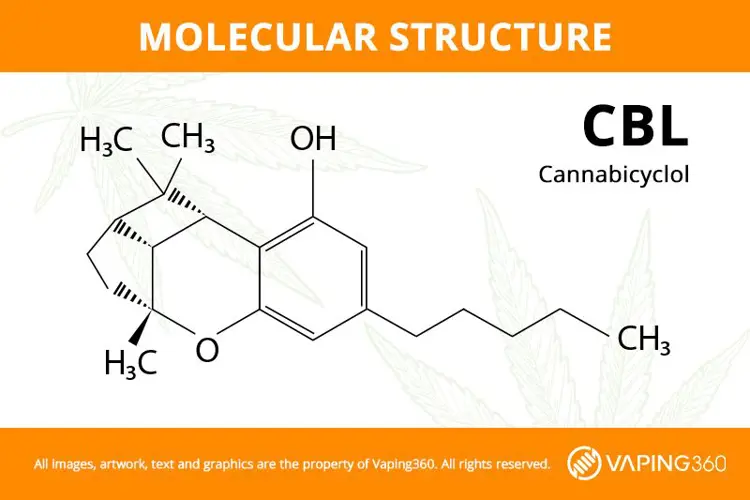
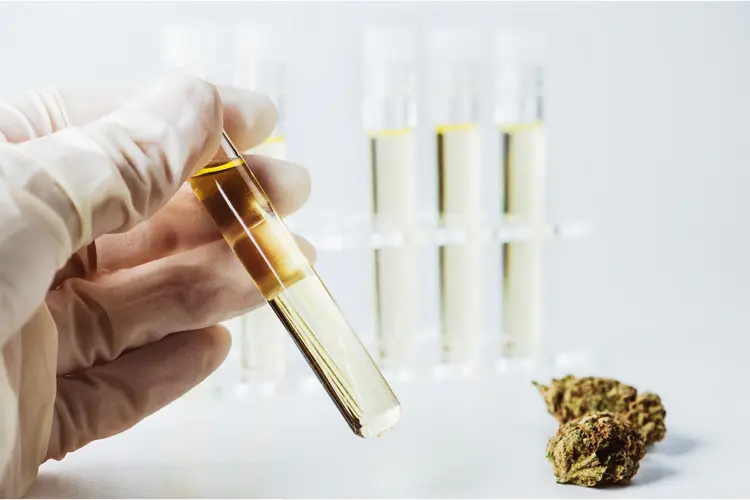

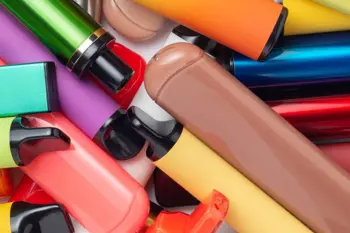




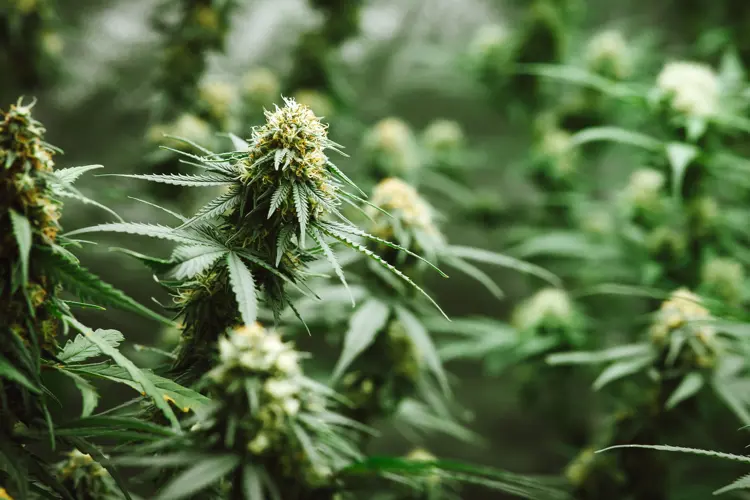
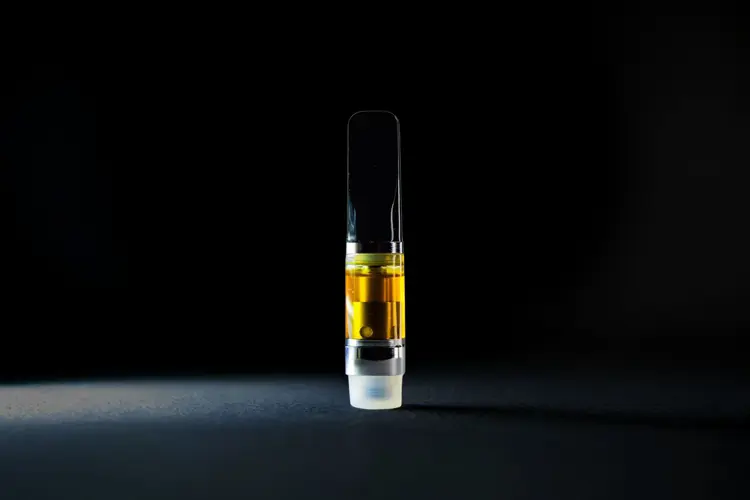
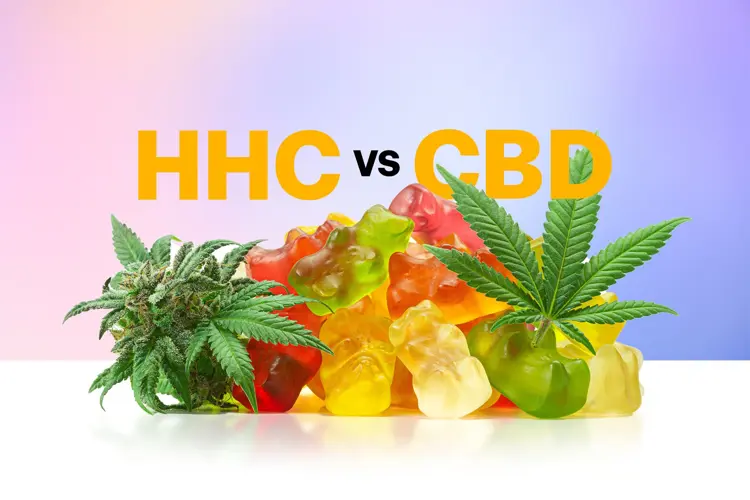
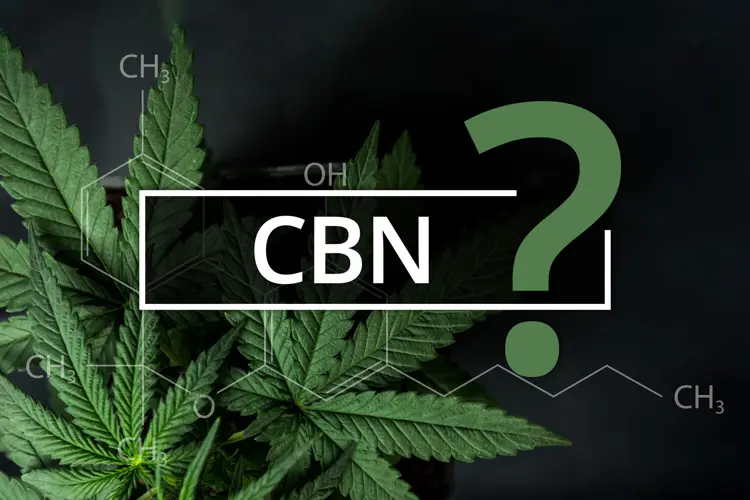
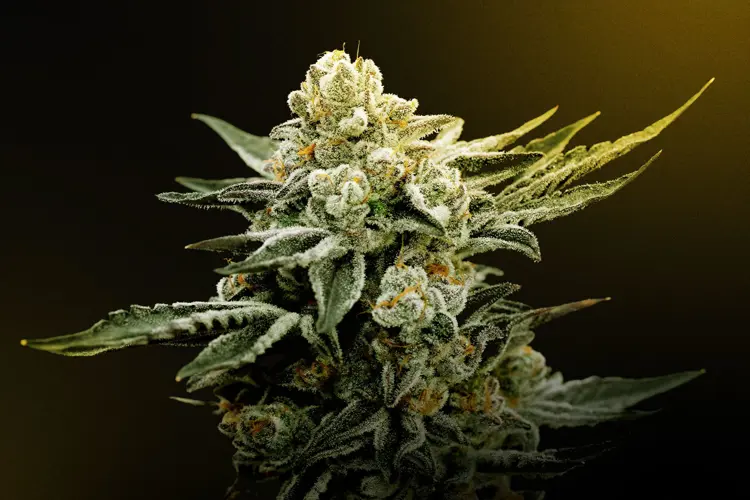
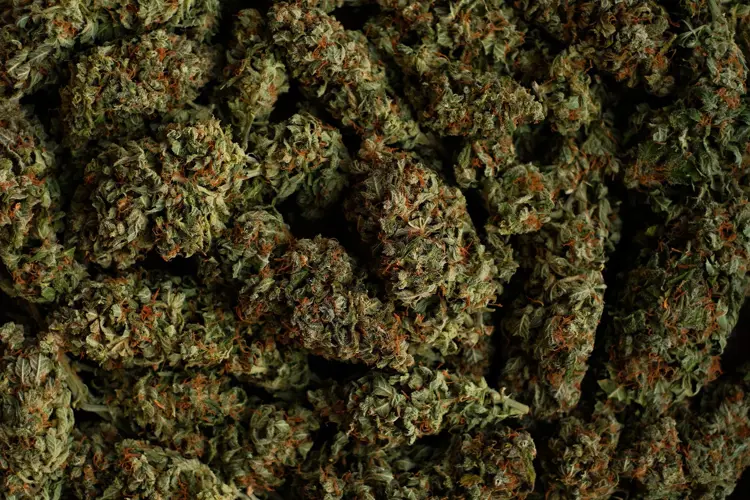
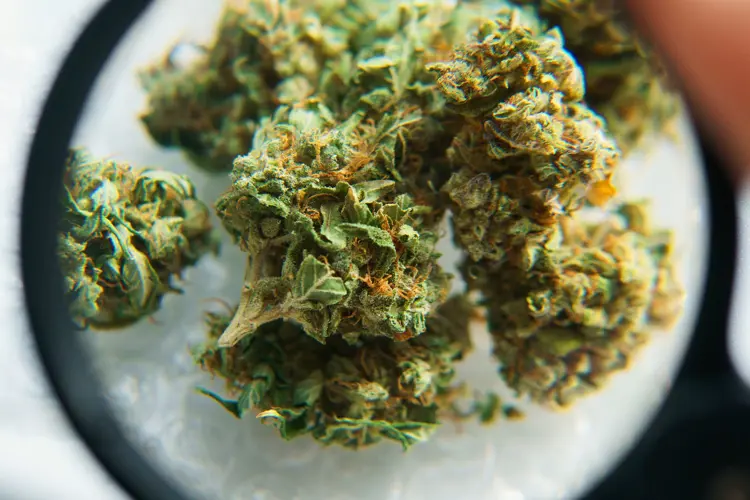
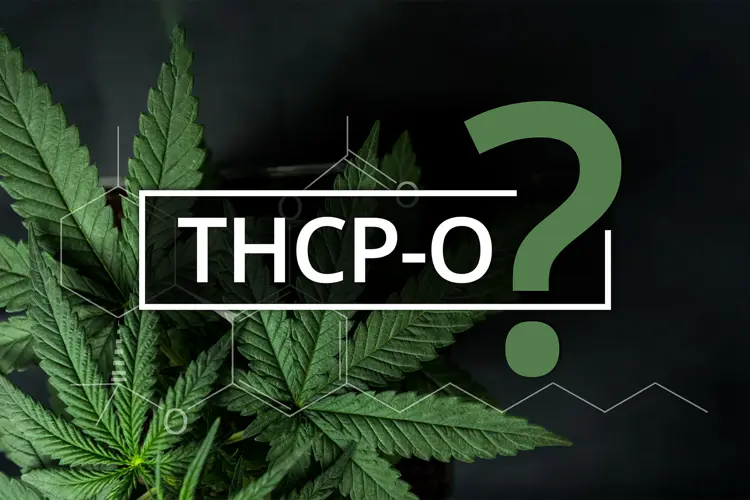
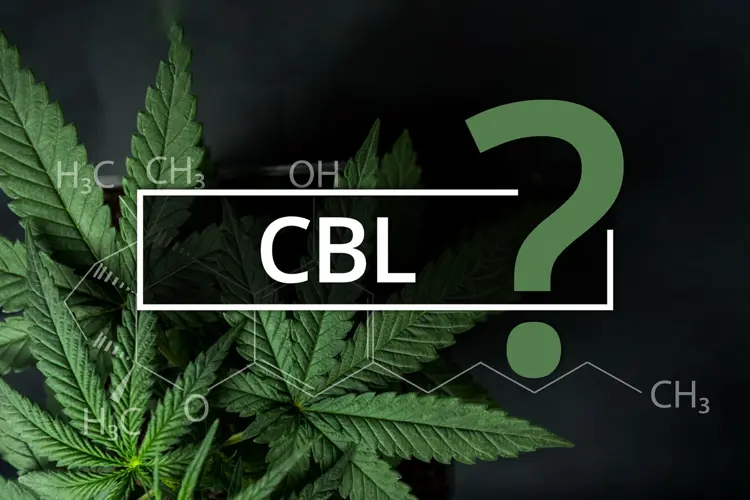
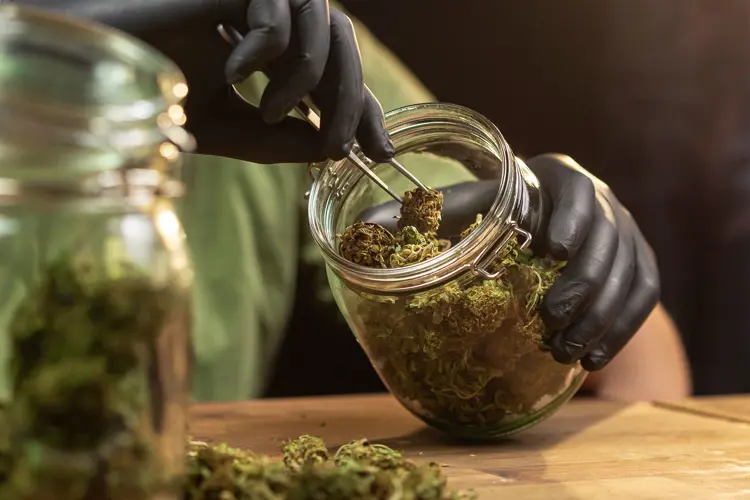
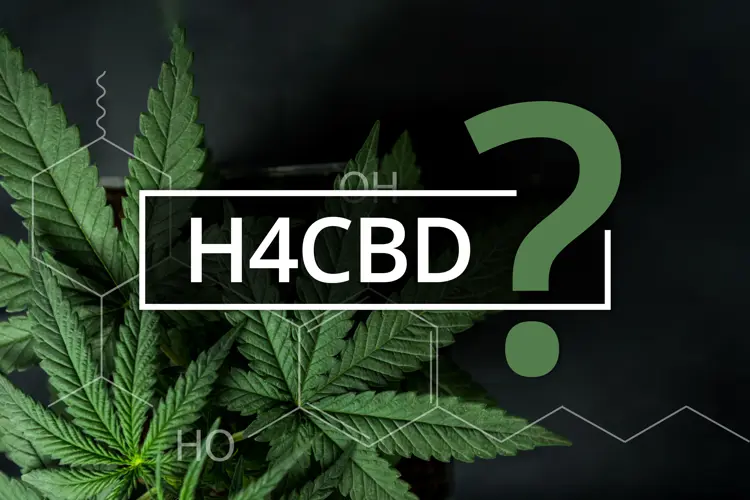
![Image for What Is THC-JD? Legality, Effects, Potency Explored [Update]](https://media.vaping360.com/images/what-is-thc-jd-thumbnail-20a40b517a.webp?imageType=Standard)
